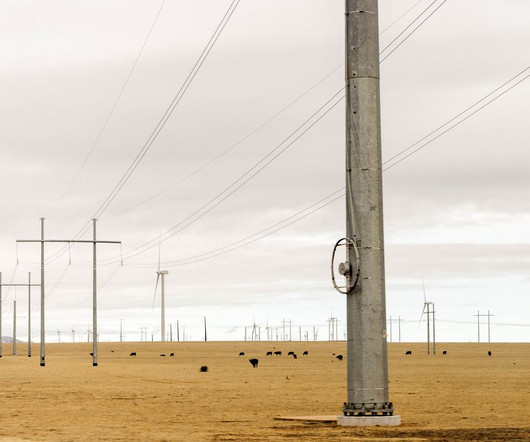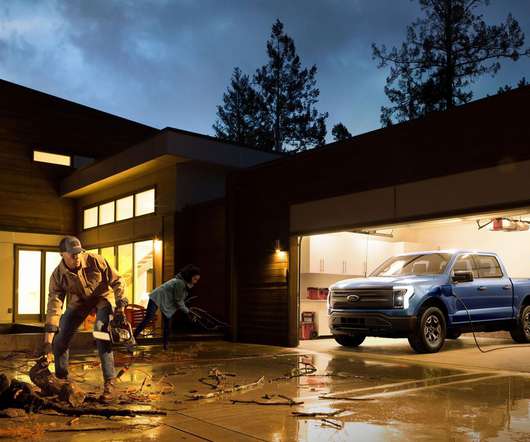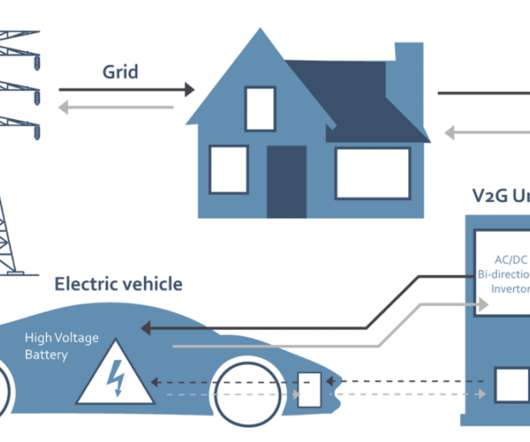Profiteering Hampers U.S. Grid Expansion
Cars That Think
FEBRUARY 22, 2024
The deficit is driving up electricity prices, reducing grid reliability, and hobbling renewable energy deployment. grids demands public scrutiny and accountability. Utility companies are prioritizing their shareholders over the public’s need for cleaner, cheaper, and more reliable energy. Their grip over the backbone of U.S.

















Let's personalize your content